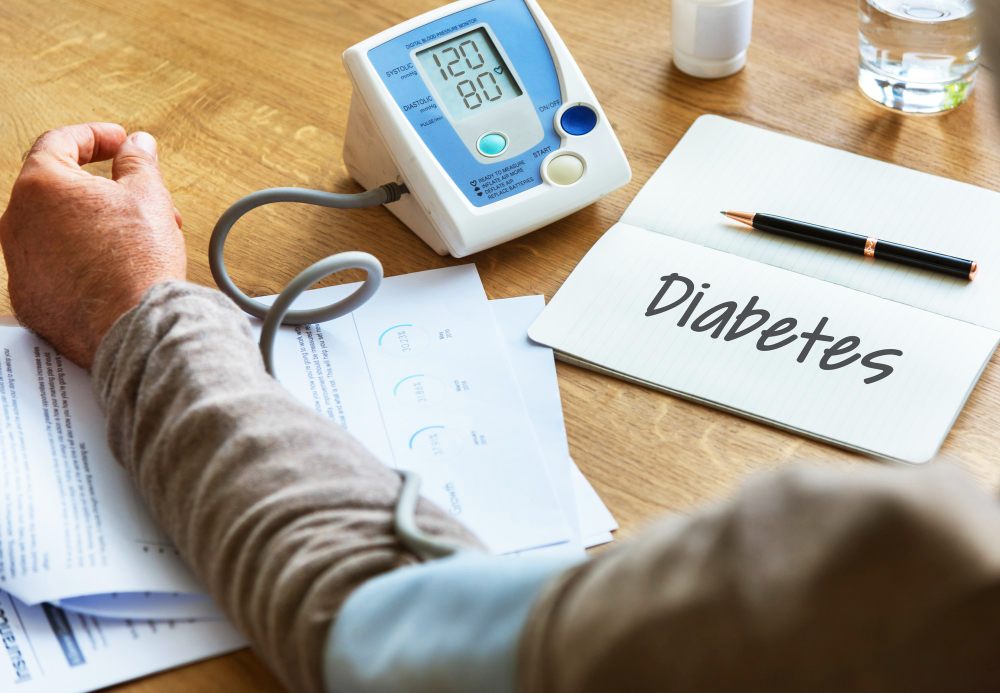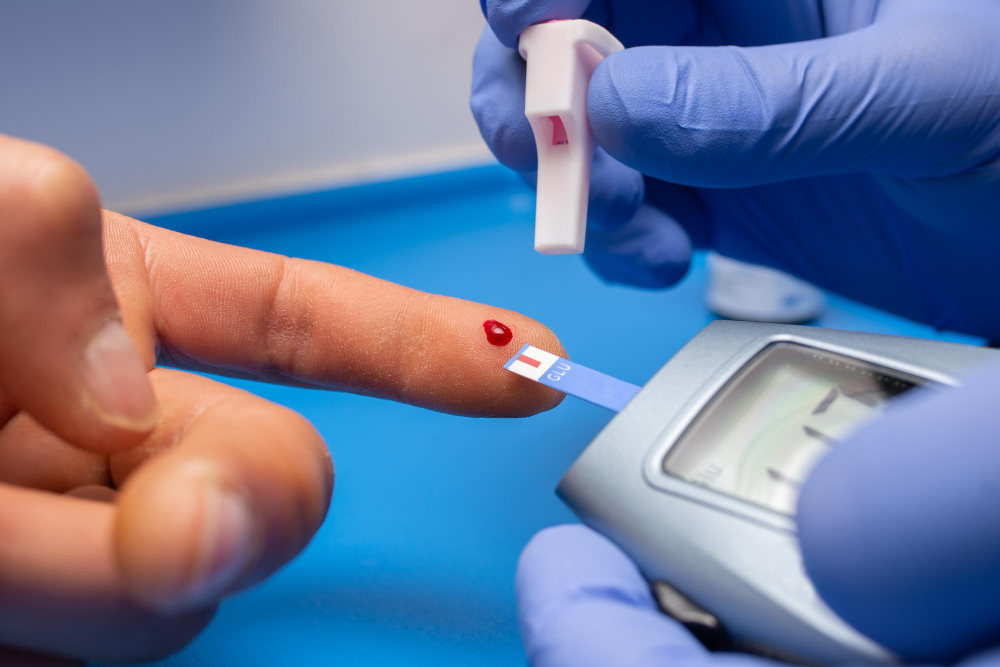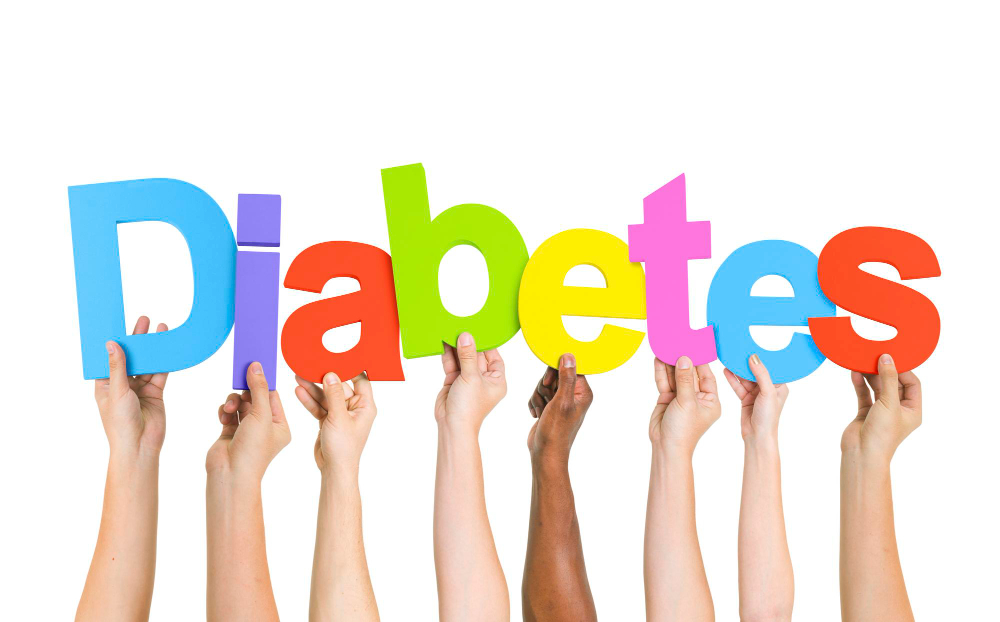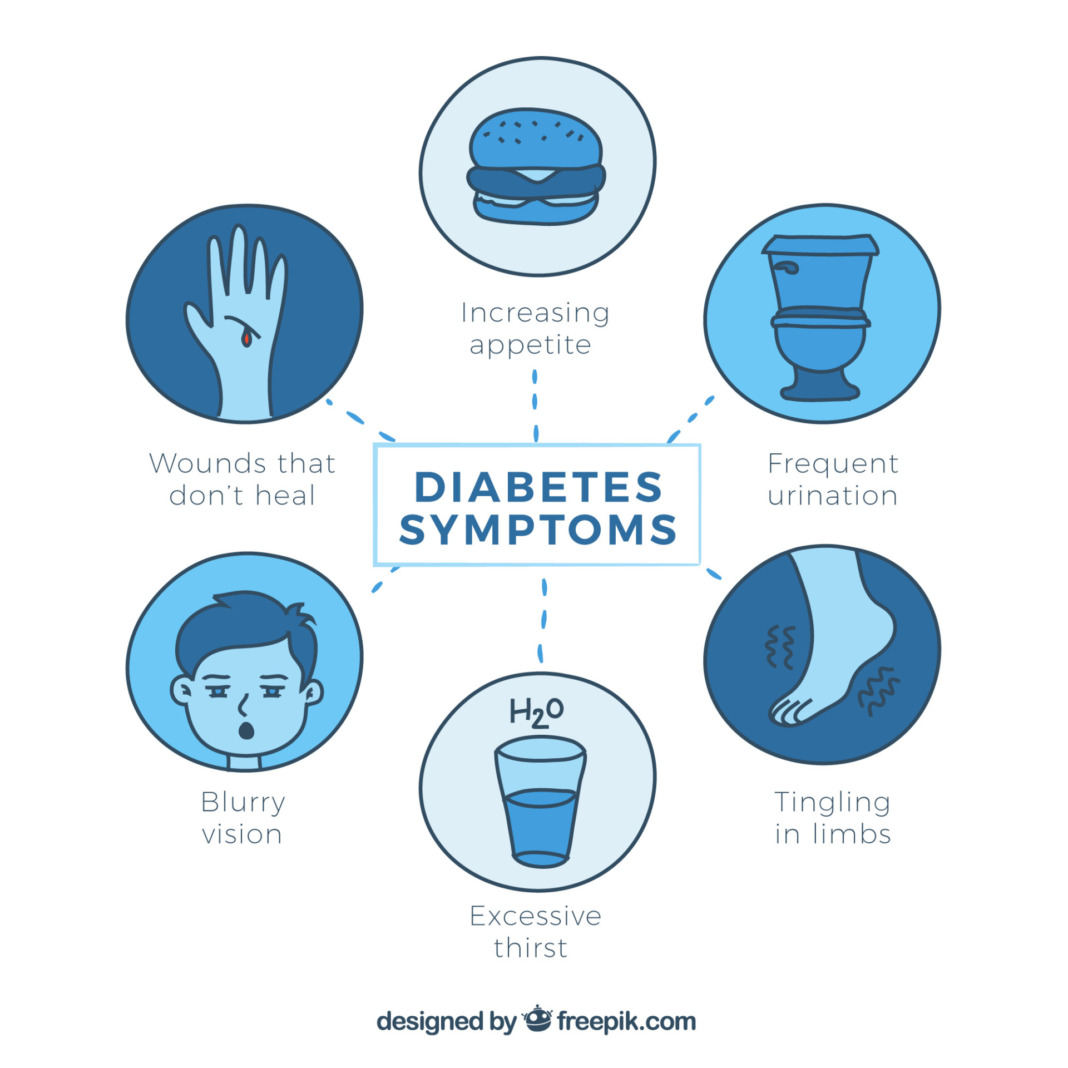Our lifestyle decisions and eating practices play a big role in how healthy we are in the fast-paced world of today. Type 2 diabetes is one illness that has been on the rise. If not correctly controlled, this chronic illness can cause a number of difficulties by altering how your body absorbs glucose (sugar). For early detection and efficient management, it’s critical to recognize the signs of type 2 diabetes. The ten most typical symptoms of type 2 diabetes will be covered in this article.
High blood sugar levels brought on by insulin resistance characterize type 2 diabetes, a metabolic condition. Insulin is a hormone that aids in controlling blood sugar levels and permits it to enter cells for energy. In type 2 diabetes, the body becomes resistant to insulin or doesn’t produce enough of it, leading to an accumulation of sugar in the bloodstream.
Signs of Type 2 Diabetes
1. Frequently Urinating
An increased frequency of urine is one of the early indicators of type 2 diabetes. High blood sugar levels put more strain on the kidneys, which must work harder to filter and eliminate the extra sugar. Because of this, a condition known as polyuria—more frequent urination—occurs.
2. Frequent Thirst
Frequent urination is strongly related to polydipsia, which is excessive thirst. Extreme thirst is the body’s attempt to make up for the increased fluid loss caused by excessive urine. This could cause a continual desire to hydrate oneself with liquids.

3. Unexplained Weight Loss
Unexpected weight loss may indicate underlying medical conditions, such as type 2 diabetes. The body begins destroying fat and muscle tissue to compensate for a lack of energy from glucose. Even when the individual is eating enough food, this might lead to unexplained weight loss.
4. Tiredness And Low Energy
People with type 2 diabetes may feel worn out and uninspired. Tiredness and exhaustion are caused by the body’s ineffective utilization of glucose as fuel. The quality of life and everyday activities can both be significantly affected by this ailment.
5. Slow Wound Healing
The body’s normal healing process can be hampered by elevated blood sugar levels. A type 2 diabetes diagnosis may be indicated if cuts, sores, or bruises take longer to heal than usual. The condition’s poor circulation and related nerve damage might further slow the healing process.
6. Cloudy Vision
Another typical symptom of type 2 diabetes is blurry vision. High blood sugar levels can alter the fluid balance in the eye, resulting in lens edema. Temporary visual issues like blurred or distorted vision may arise from this. It might potentially result in long-term vision loss if untreated.
7. Tingling Or Numbness In Hands And Feet
Nerve damage, known as diabetic neuropathy, is a complication of type 2 diabetes. Tingling or numbness in the hands and feet, also known as peripheral neuropathy, is a common manifestation of this condition. It occurs due to prolonged exposure to high blood sugar levels, which can damage the nerves over time.

8. Recurrent Infections
High blood sugar levels weaken the immune system, making individuals with type 2 diabetes more susceptible to infections. Common infections that occur more frequently in people with diabetes include urinary tract infections, yeast infections, and skin infections. If you notice a pattern of recurring infections, it’s essential to get checked for diabetes.
9. An Increasing Hunger
Polyphagia, or excessive hunger, can be a sign of type 2 diabetes. The body looks for additional sources of energy when it can’t adequately utilize glucose. This causes extreme hunger, which increases food consumption.
10. Patches Of Darkened Skin
Type 2 diabetics may develop darkened skin patches, also known medically as acanthosis nigricans. The neck, armpits, and groin area are typical locations for these spots on the body. The condition known as acanthosis nigricans is frequently linked to insulin resistance and elevated insulin levels.
Why Early Detection Of Type 2 Diabetes Is Crucial?
Early type 2 diabetes symptoms, if recognized, can speed up diagnosis and treatment. Receiving the proper care, altering one’s lifestyle, and managing blood sugar levels can significantly enhance one’s health and quality of life while lowering the chance of problems.
Chronically high blood sugar levels can cause serious and occasionally life-threatening consequences, such as:
- Heart condition.
- Stroke.
- Foot issues caused by neuropathy or nerve damage
- Kidney illness, which may require dialysis.
- Eye disease, which may cause visual loss.
- Sexual issues.
It’s essential to control blood sugar levels to stop some of these issues. The danger of developing other health issues increases the longer blood sugar levels are out of control.
Hyperosmolar hyperglycemic syndrome (HHS), which results in a high and sustained rise in blood sugar levels, can result from untreated diabetes as well. HHS is typically brought on by sickness or infection and can lead to hospitalization. The elderly are more commonly affected by this abrupt problem.

Conclusion
Recognizing the signs of type 2 diabetes is crucial for timely diagnosis and management. If you experience any of the mentioned symptoms, it’s essential to consult a healthcare professional for further evaluation. Early detection and lifestyle modifications, such as adopting a balanced diet and engaging in regular physical activity, can help control type 2 diabetes and prevent complications.
Frequently Asked Question
Question 1: Can type 2 diabetes be reversed?
Answer: While type 2 diabetes is a chronic condition, it can be effectively managed through lifestyle changes. With proper medical guidance, a healthy diet, regular exercise, and weight management, some individuals have successfully reversed the condition.
Question 2: Is type 2 diabetes only seen in older individuals?
Answer: Type 2 diabetes can occur in people of any age, including children and adolescents. However, it is more commonly diagnosed in adults, particularly those who are overweight or have a sedentary lifestyle.
Question 3: Are all symptoms of type 2 diabetes permanent?
Answer: With proper management and control of blood sugar levels, some symptoms of type 2 diabetes can improve or even disappear. However, it’s important to note that long-term complications may arise if the condition is left unmanaged.
Question 4: Are there any natural remedies for type 2 diabetes?
Answer: While lifestyle changes play a significant role in managing type 2 diabetes, it’s essential to consult a healthcare professional for appropriate medical advice. Natural remedies, such as consuming a balanced diet, exercising regularly, and managing stress, can complement medical treatment.
Question 5: How often should I get tested for type 2 diabetes?
Answer: The frequency of diabetes testing depends on various factors, including your age, risk factors, and overall health. It’s best to consult a healthcare professional who can assess your specific situation and provide personalized recommendations.



